
News
By Smart Growth America, August 29, 2018
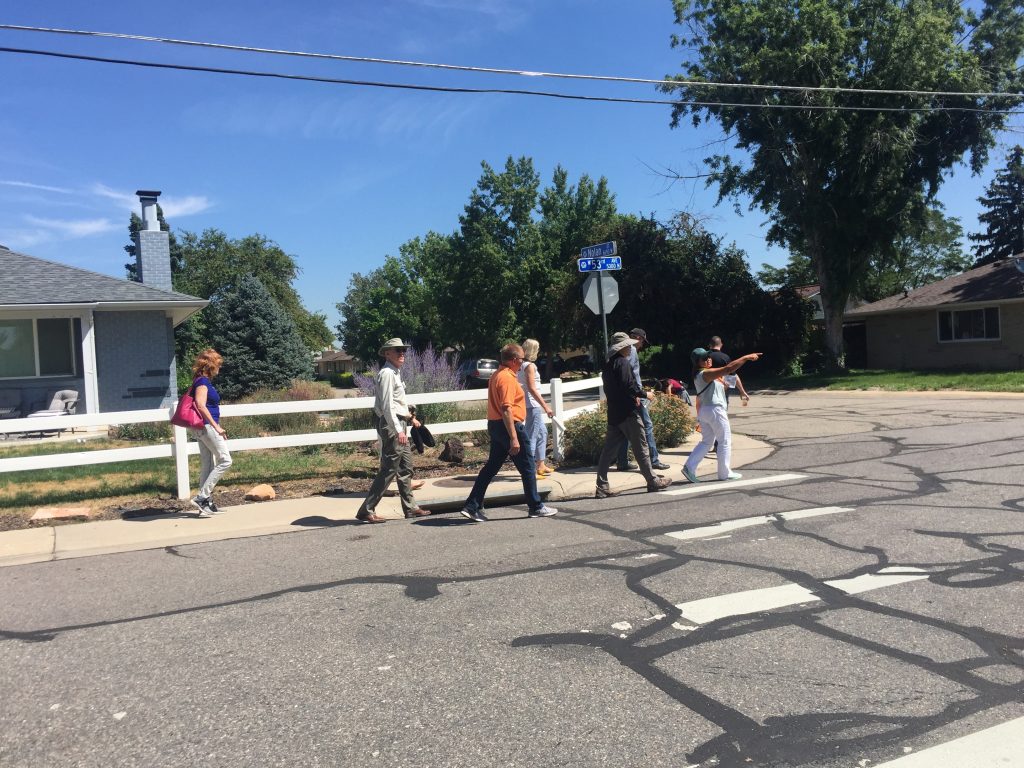
After learning about Complete Streets policies in April and exploring first-mile/last-mile connections in June, the teams from Westminster, Arvada, and Aurora, CO reconvened in Arvada for one final workshop all about engaging the community. The National Complete Streets Coalition invited guest speakers to share their experiences undertaking effective—and not so effective—community engagement on Complete Streets projects. We also tested out fun, interactive activities to identify community priorities, set goals, and make community meetings more meaningful and rewarding for attendees.
Good community engagement is key to creating great Complete Streets projects, but what passes as community engagement is often inadequate. So, for the final workshop of the Colorado Consortium Series we focused on doing it right.
We began with guest presentations about why community engagement is so important. The City of Boulder learned this lesson the hard way as David Kemp, Senior Transportation Planner for the City of Boulder, recounted. He told the story of a road diet gone wrong when an oppositional media campaign swayed public opinion against the project. As a result of this backlash, Boulder had to restore portions of the street to its previous arrangement, which was dangerous for people walking and biking. Even though Boulder held community meetings about this project, they may have been able to save the project with more proactive community engagement and creative storytelling about the safety benefits of the project.
This workshop also featured a presentation by Dr. Jeffrey Su of Mile High Connects, about the challenge of providing frequent, quality, affordable transit service, especially for people from low-income households. Charles Brown from Equitable Cities expanded further on that topic by leading an exercise on developing an inclusive community engagement plan to make sure communities of color and low-income communities are involved. He challenged the group to rethink their engagement processes and tasked them with developing community engagement plans for each other based on each city’s demographics.
“Why are you there? To check a box? You’re there to listen, not to prove how smart you are.
You have the question, the community has the answer, so who’s the expert?”
-Charles Brown, Equitable Cities
At the final workshop of the #CompleteStreets Consortium Series the teams from @CityWestminster @cityofarvada @AuroraGov develop #CommunityEngagement plans… for each other pic.twitter.com/VVjO8Geeij
— Complete Streets (@completestreets) July 30, 2018
An important aspect of meaningful community engagement is letting the community establish their own priorities. We tested out some simple, easy, and fun activities to kick-off discussions at community meetings by giving our teams the chance to do it themselves. We then practiced using this information to set goals that reflect community priorities, then using these goals in turn to guide Complete Streets projects and programs to ensure they reflect people’s needs and desires.
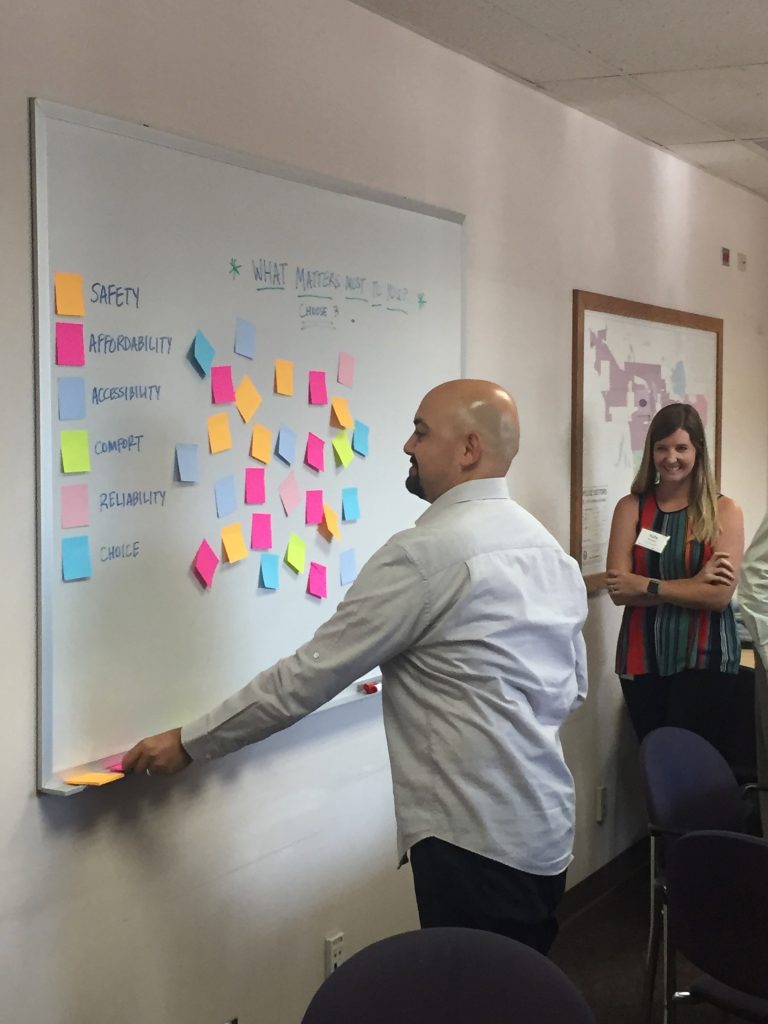
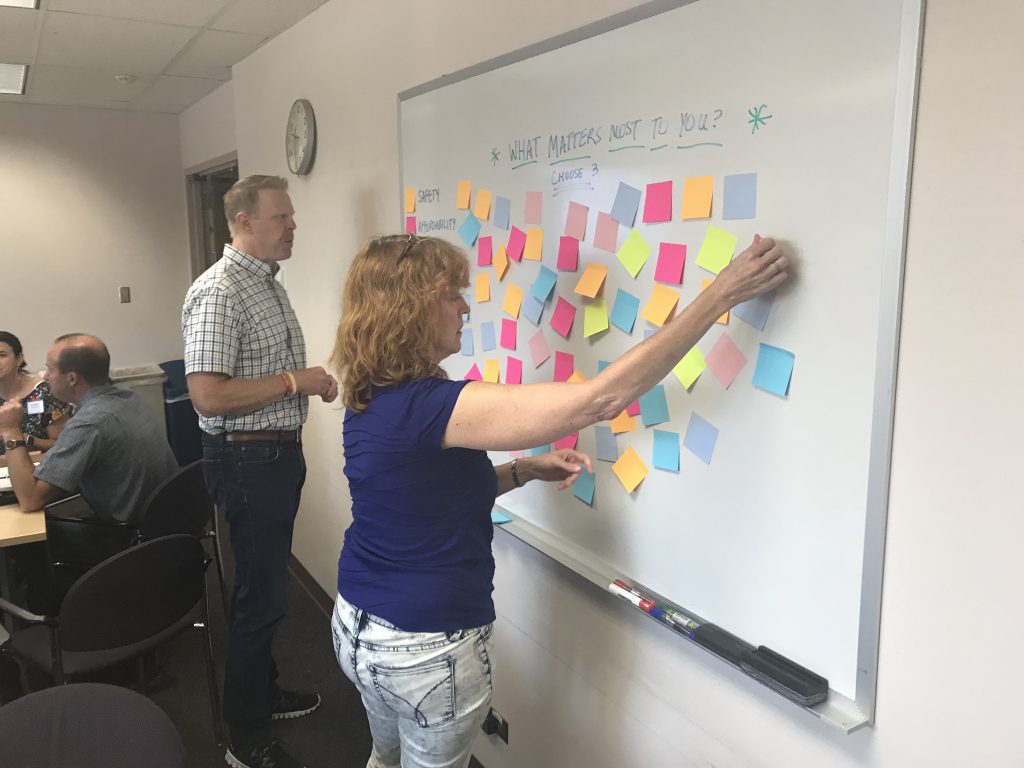
We spent the last day of the Colorado Consortium Series working on a local case study. Rather than focusing on just one street, we visited a neighborhood in Arvada that is surrounded by high-speed roads. These roads are difficult to cross, especially on foot or bike, and they cut the neighborhood off from schools, shops, grocery stores, and a future transit hub. The narrow curbs that run through and around this neighborhood in lieu of sidewalks make it uncomfortable and unsafe to both walk in and around the neighborhood.
Sidewalks alone aren’t good enough. We need to make sure they are wide enough to provide comfort and safety for all users. Thanks @ctbrown1911 for the demonstration! pic.twitter.com/J6o0K2jsQb
— Complete Streets (@completestreets) July 31, 2018
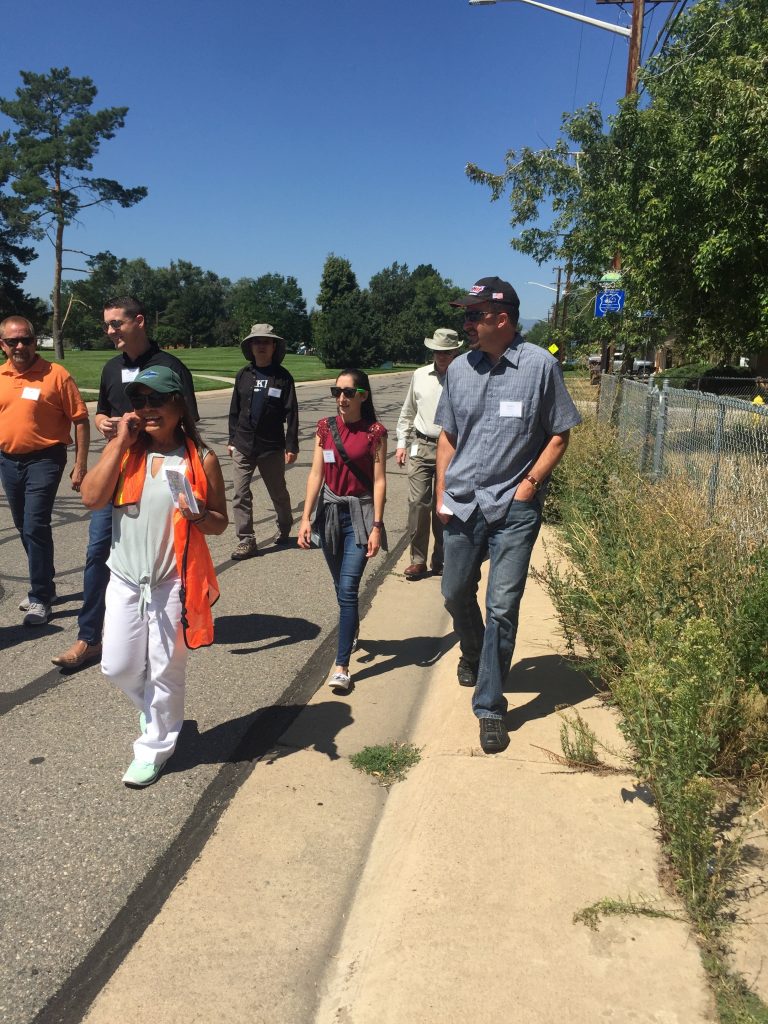
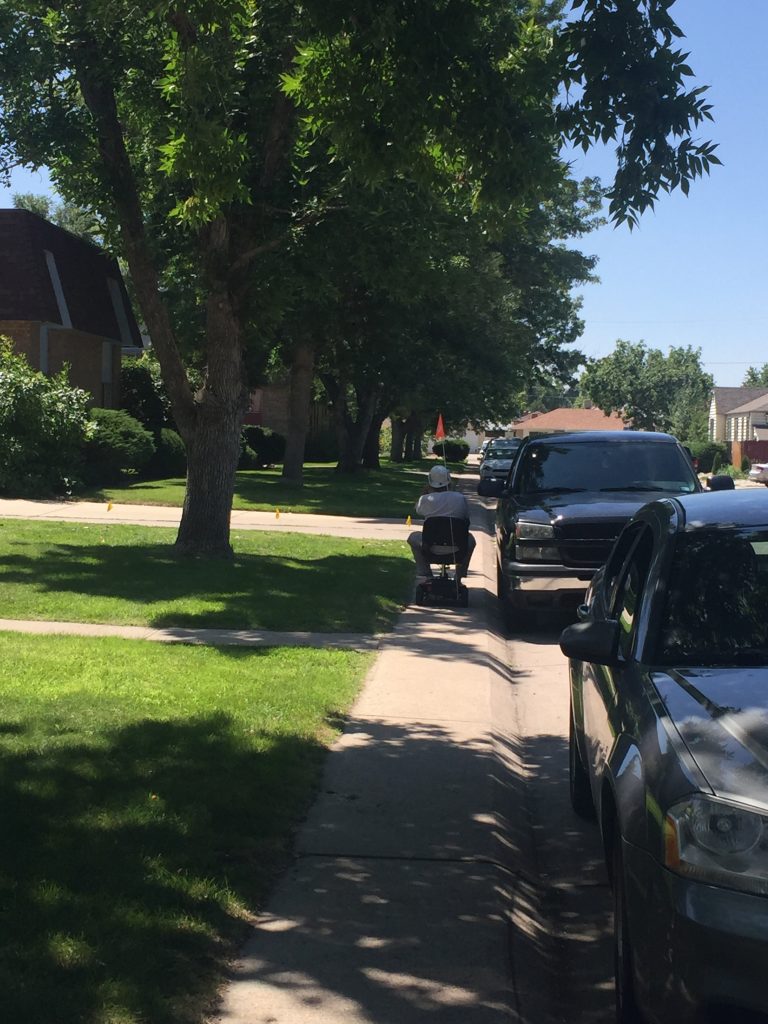
We also used this opportunity to developed plans for how to engage the neighborhood’s residents and work closely with them to decide where and how to improve these missing connections. This included talking through creative outreach strategies, such as staging pop-up meetings at parks and community events, as well as discussing ways to make meetings more interactive for attendees.
“Don’t just talk at the community, work with them to make a decision at every meeting.”
-Mike Rutkowski, Stantec
How do you define success for your community engagement? Really! We’d love to hear how you’re evaluating your Complete Streets engagement work. How do you ensure you’re authentically engaging vulnerable users?
And if you don’t know, hire @ctbrown1911! #moveequity pic.twitter.com/BCRzGxXQo5
— Complete Streets (@completestreets) July 31, 2018
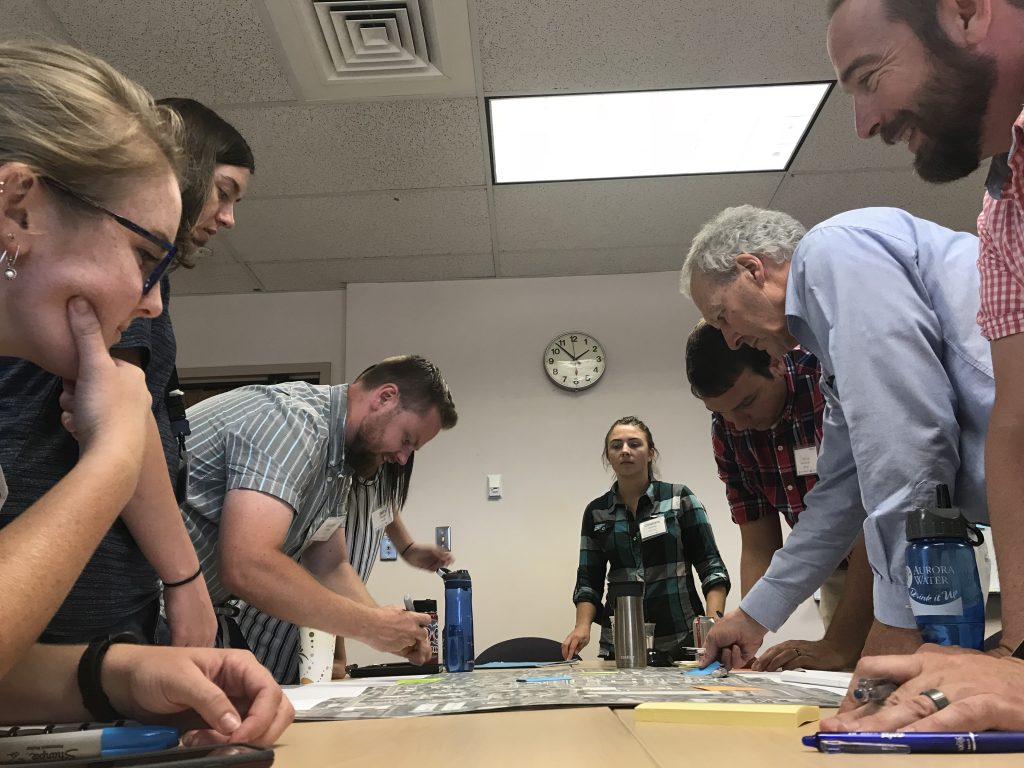
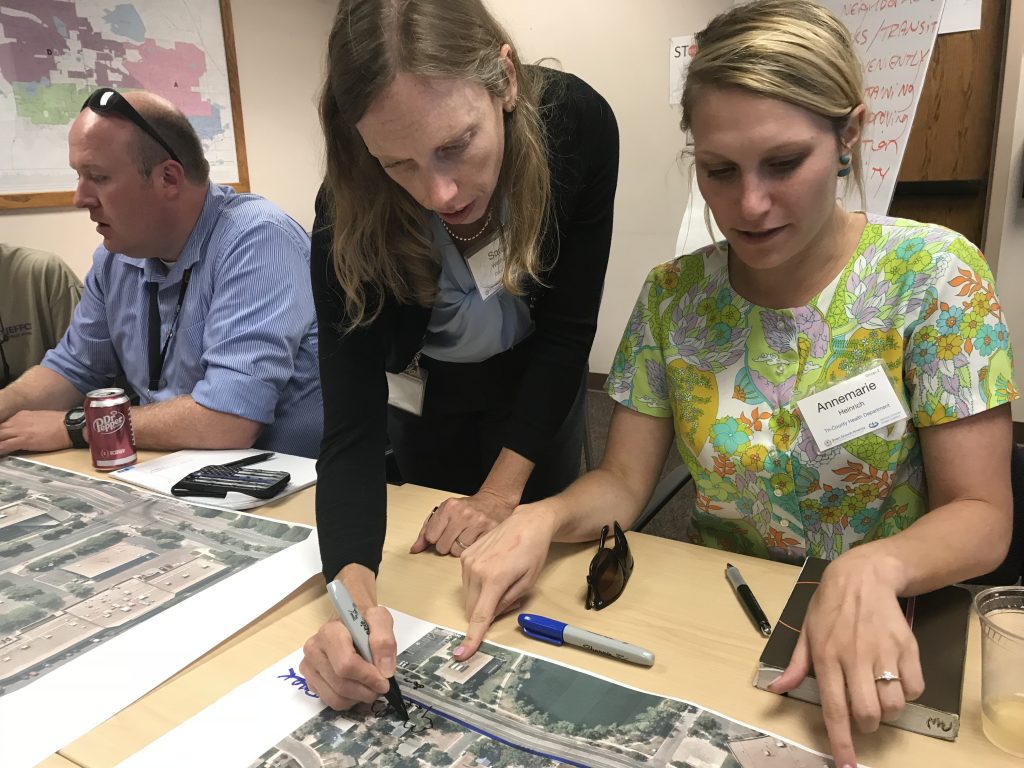
With this final workshop, the Colorado Consortium Series has drawn to a close, but the action in Aurora, Arvada, and Westminster is just getting started. We’re excited to see how these three cities evolve as they work to adopt Complete Streets policies, create more first-mile/last-mile connections to regional transit services, and test more creative strategies to engage their local communities.
–
This technical assistance is funded through a grant to Smart Growth America from the U.S. Environmental Protection Agency’s Office of Community Resilience under their Building Blocks for Sustainable Communities program; the Centers for Disease Control and Prevention have partnered with EPA through this grant to support the Complete Streets Consortium Workshop series. EPA’s Building Blocks program funds quick, targeted assistance to communities that face common development problems. Through the program, Smart Growth America has already provided free assistance to more than 85 communities across the United States from Hawaii to Maine.
Related News

© 2025 Smart Growth America. All rights reserved
Site By3Lane Marketing












